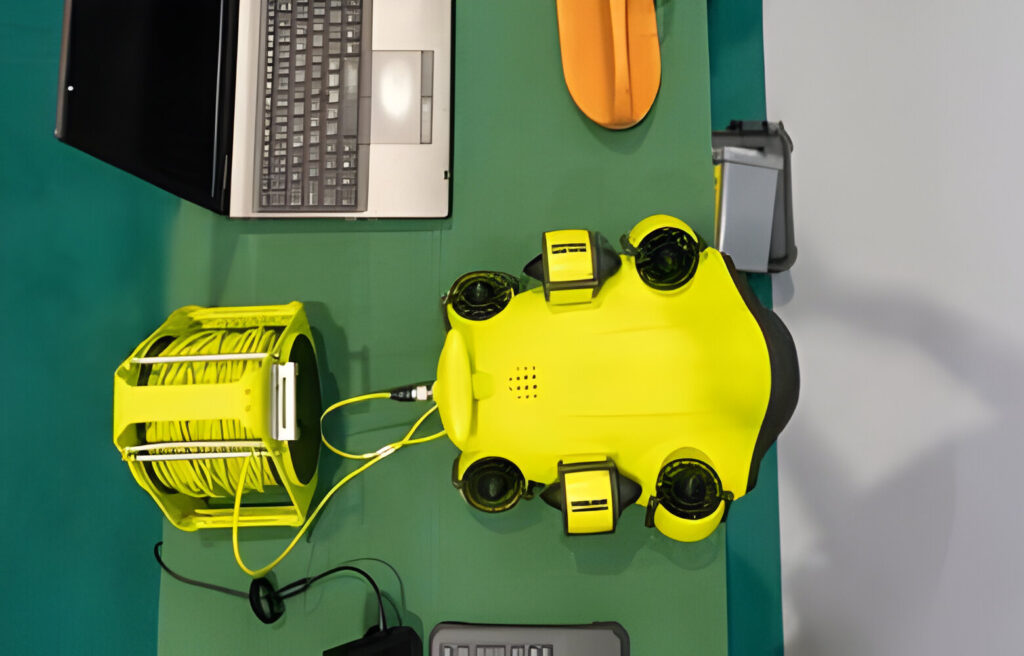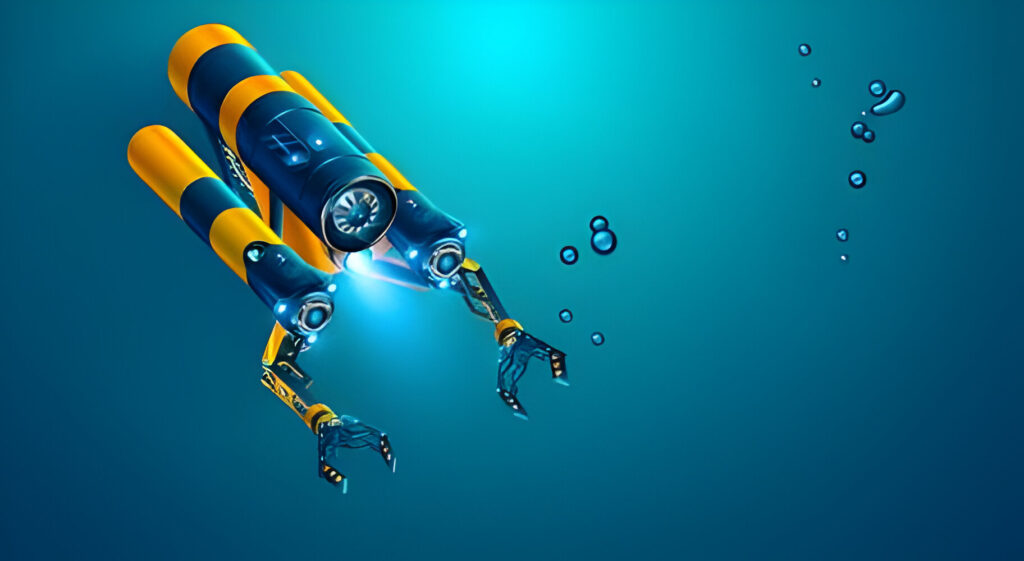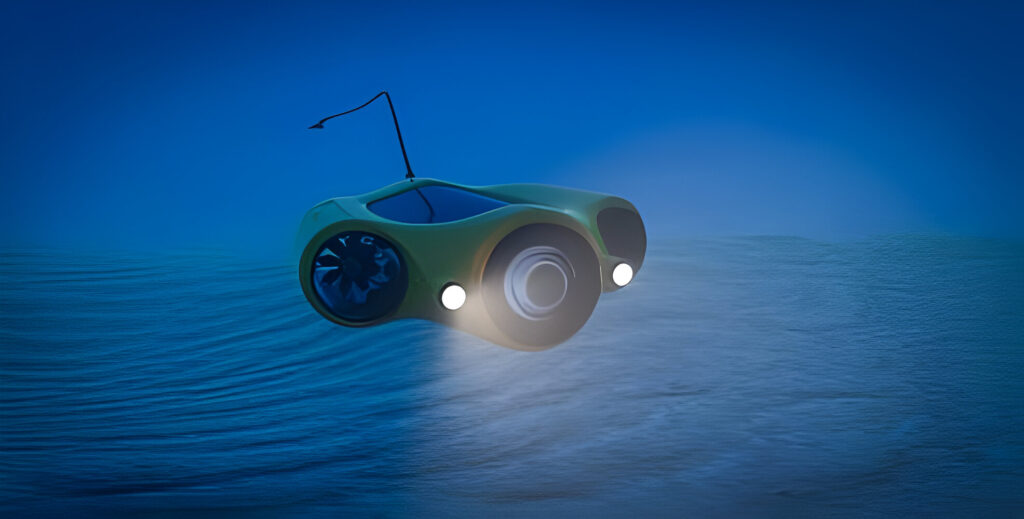Underwater exploration has always fascinated humanity, beckoning adventurers to uncover the mysteries of the deep. In recent years, the advent of underwater drones equipped with cameras has opened up new avenues for discovery and innovation. These sophisticated devices not only capture stunning footage but also serve as invaluable tools for marine research, filmmaking, and leisurely exploration. In this comprehensive guide, we delve into the realm of underwater drones with cameras, exploring their capabilities, applications, and the transformative impact they have on our understanding of the underwater world.
Understanding Underwater Drones with Cameras
The Evolution of Underwater Technology
From rudimentary submersibles to advanced underwater drones, the evolution of underwater technology has been remarkable. Early attempts at underwater exploration relied on cumbersome apparatuses and limited visibility. However, with advancements in robotics, imaging technology, and materials science, modern underwater drones have become sleek, versatile, and highly capable.
Key Components of Underwater Drones

Hull Design and Buoyancy Control
The hull design of an underwater drone plays a crucial role in its maneuverability and stability underwater. Buoyancy control systems allow drones to ascend, descend, and maintain depth with precision, ensuring smooth operation in varying underwater conditions.
Camera Systems
Equipped with high-definition cameras, underwater drones capture crystal-clear footage of marine environments. These camera systems often feature advanced imaging technologies, such as 4K resolution, low-light sensitivity, and wide-angle lenses, enabling users to capture stunning visuals even in challenging lighting conditions.
Applications of Underwater Drones with Cameras
Marine Research and Exploration

Underwater drones with cameras are invaluable tools for marine scientists and researchers. They enable the study of marine ecosystems, biodiversity, and underwater geology with unprecedented detail and accuracy. By gathering data and imagery from remote underwater locations, researchers can gain insights into climate change, habitat degradation, and marine species behavior.
Filmmaking and Cinematography
In the realm of filmmaking, underwater drones with cameras offer filmmakers a new perspective on aquatic storytelling. From documentaries to blockbuster films, these drones capture immersive footage that transports audiences to the depths of the ocean, showcasing the beauty and diversity of marine life.
Choosing the Right Underwater Drone
Selecting the perfect underwater drone depends on various factors, including intended use, budget, and desired features. Whether you’re a marine biologist conducting research or an underwater photographer capturing stunning imagery, there’s a drone suited to your needs.
FAQs (Frequently Asked Questions)
1. What are the primary advantages of using underwater drones with cameras?
Underwater drones offer unparalleled access to the underwater world, allowing users to explore remote locations without the need for scuba diving gear. Equipped with cameras, these drones capture high-quality footage for research, filmmaking, and recreational purposes.
2. Are underwater drones with cameras easy to operate?
Modern underwater drones are designed with user-friendly interfaces and intuitive controls, making them accessible to both novice and experienced users. With minimal training, users can pilot drones and capture stunning underwater footage effortlessly.
3. Can underwater drones withstand harsh underwater conditions?
Yes, underwater drones are built to withstand the rigors of underwater environments, including pressure, temperature, and salinity variations. Robust construction and waterproof sealing ensure durability and reliability, even in challenging conditions.
4. What safety measures should I consider when operating an underwater drone?
When operating an underwater drone, it’s essential to follow safety protocols to prevent accidents and ensure the well-being of marine life. Avoid disturbing sensitive habitats, maintain a safe distance from marine animals, and adhere to local regulations governing underwater exploration.
5. How deep can underwater drones descend?
The depth capabilities of underwater drones vary depending on the model and specifications. While some drones are designed for shallow-water exploration, others can descend to depths of hundreds of meters or more. It’s crucial to choose a drone that meets your depth requirements based on your intended use.
6. Are there any environmental concerns associated with underwater drone operations?
While underwater drones offer numerous benefits for exploration and research, there are potential environmental impacts to consider. These include disturbance to marine habitats, accidental entanglement with marine life, and the risk of pollution from battery disposal. Users need to minimize their ecological footprint and prioritize environmental stewardship when operating underwater drones.
Conclusion
In conclusion, underwater drones with cameras represent a groundbreaking fusion of technology and exploration, unlocking the mysteries of the underwater world with unprecedented clarity and precision. Whether used for scientific research, filmmaking, or recreational diving, these innovative devices offer endless possibilities for discovery and adventure beneath the waves.

